It was exhausting. One day, sitting on her bed, Hairston felt so demoralized trying to put on socks and shoes, that both she and her mom started crying.
“This is the part that people don’t see, of the damage of what this has done to her life and our lives,” Peatross said.
Nonetheless, Hairston’s progress has been stunning, especially considering that doctors had at one time asked her family if they wanted to remove her from life support, Peatross said.
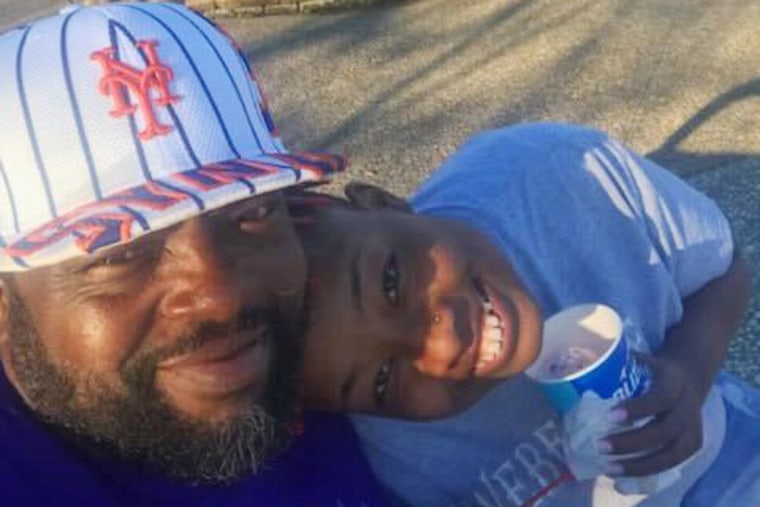
Hairston can do everything doctors worried at that time that she wouldn’t. On a walk through the park recently with her dad, Gregory Link, Hairston decided to pick up her pace.
“Come on, slow poke,” she called over her shoulder, grinning at Link.
‘She was coding’
Link, a pastor, didn’t know when he visited Hairston in the hospital on June 9, 2020 — dressed head-to-toe in a clown suit — that she was a day away from almost dying.
She had been admitted earlier in the week after Peatross saw something terrifying: Hairston’s eyes drifting outward in opposite directions.
Doctors explained that clots related to Covid had caused a stroke. A couple of days later, though, they were optimistic that she was getting better.
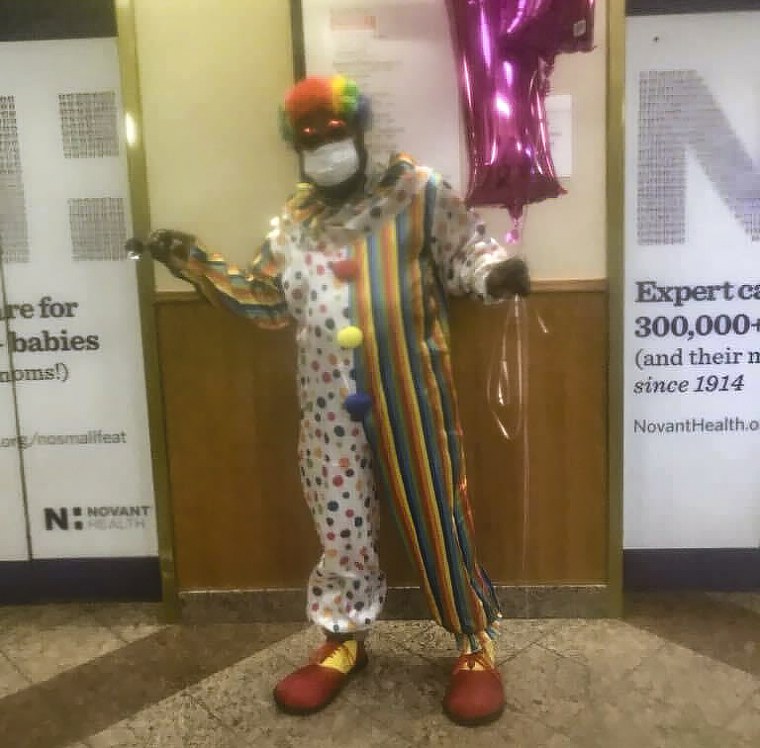
Wanting to cheer her up in the meantime, Link showed up in oversize red and yellow shoes, a rainbow wig and a polka dot and striped costume. Before he left, doctors told him they felt she would be released soon.
Instead, Hairston developed chest pain. Blood clots were discovered on her heart, which doctors attempted to dissolve with blood thinners, Peatross said. The following day, Hairston stood up to use the bathroom. On her way, she collapsed.
“I knew she was coding,” Peatross said.
A seemingly endless stream of staff ran into the room to save her daughter. The 30 minutes during which Hairston’s heart activity had nose-dived left her prognosis dire. She was unresponsive. Her kidneys and liver were shutting down.
Looking over CT scans of her brain a day later, doctors saw widespread damage. They asked her family: What did they want to do about life support?
Peatross tried to ignore her nursing knowledge. She wanted to hold out hope that Hairston still had a promising future. But she didn’t want her to suffer, and her brain scans confirmed she very well might.
Link took another approach.
“Do you have any good news?” he asked the doctors.
They didn’t. So Link went looking for some. Was there any part of her brain at all that wasn’t damaged?
Yes, they responded, but not enough to have any quality of life.
The “yes” was all Link needed. After a family discussion, taking Hairston off life support was no longer to be considered.
A breakthrough
In the days following her heart attack, Hairston showed little improvement.
“We were at a point where we were literally clinging onto faith after being told on numerous different occasions that there was no hope for her,” said her oldest brother, Gregory Hairston.
Two weeks in, on Hairston’s 25th birthday, there was a breakthrough. Her uncle, Sterling “BB” Hairston, came to visit and saw his niece had one eye open.
He took two steps to the side. Her eye followed him.
“I said, ‘Tee, I know you see me. I know you did. It’s your birthday. Happy birthday, baby, I love you,’” he said. “And when I said that, a tear came to her eye.”
Hairston’s family became more hopeful. Peatross placed a salmon-colored journal in her hospital room for visitors to write letters to her that she could read if she woke up.
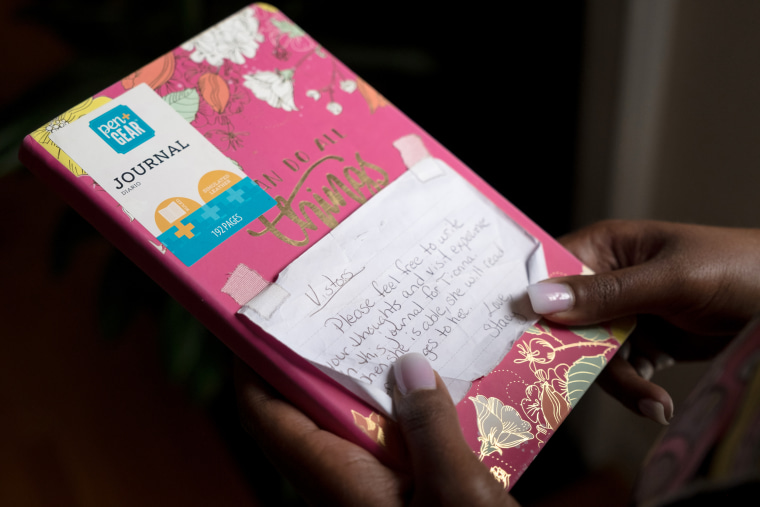
She did. There were other “miracles” that started happening, too, Peatross said.
As June turned into July, Hairston’s kidneys started functioning on their own, allowing her to get off dialysis. She started responding to people’s voices. One day in July 2020, she leaned up to give her mom a kiss for the first time in months.
Robinson, the hospitalist, also felt it could not be explained by medicine alone. She had been drawn to Hairston’s case, asking to switch patient lists with colleagues when Hairston wasn’t assigned to her so she could continue caring for her youngest case with such severe Covid complications.
“Of course the medical professionals were important and they were needed and necessary,” she said. “Her family was so strong in their faith. I just joined my faith with theirs.”
Hairston now takes blood thinners and anti-seizure medication and has a heart defibrillator, but otherwise is recovering. Doctors told her family being so young has likely made it easier for her brain to create different pathways to re-learn what she lost.
She feels protected against getting very sick again because she’s vaccinated and boosted, and she wants other young people to know they’re not invincible.
“This can happen to anybody,” she said.
She still would like to move into her own apartment, hopefully one year from now. She also hopes to be in another relationship someday.
In the meantime, there is no shortage of obstacles. Some she still can’t quite overcome, like the water bottle cap.

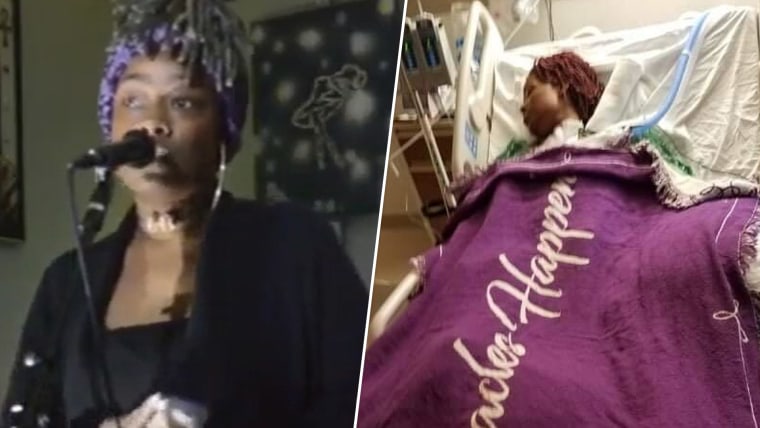
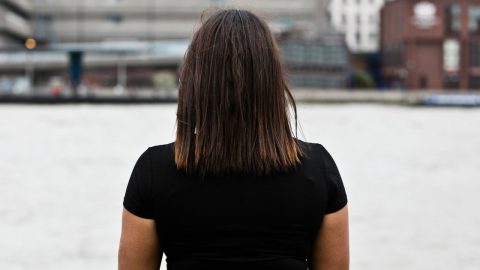
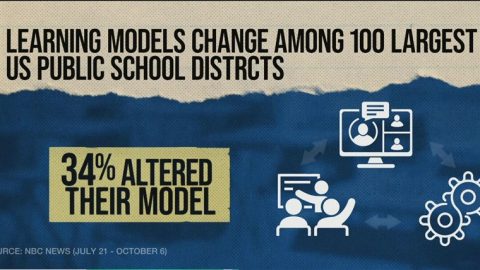
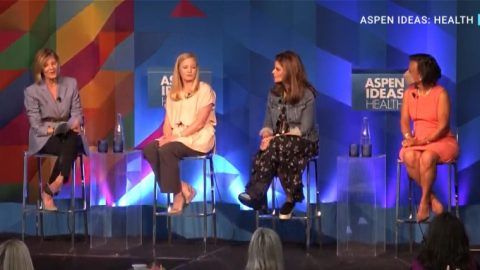
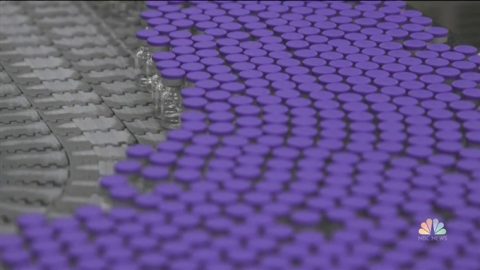

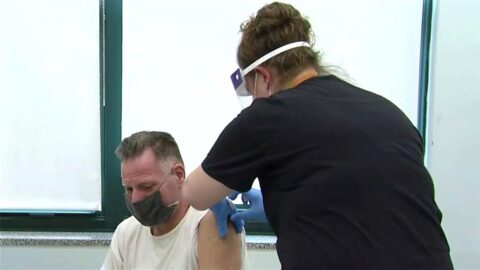
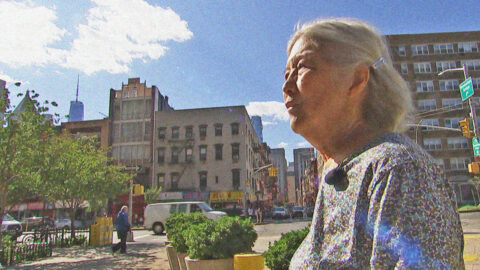
Recent Comments